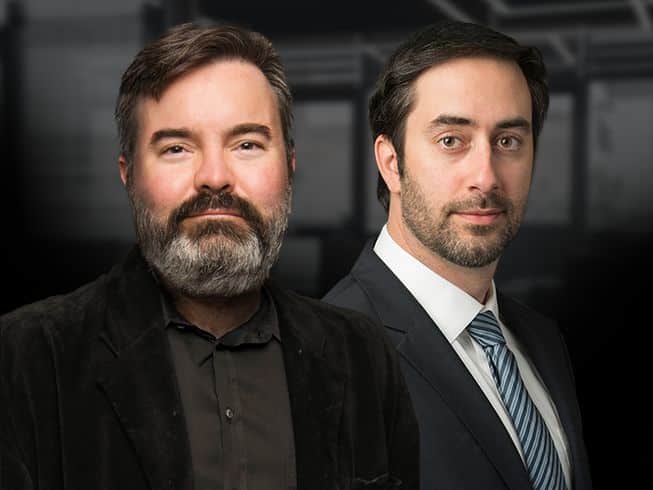U.S.S. California CGN 36 (Nuclear Powered Guided Missile Cruiser)
Over A Billion Recovered Nationwide
U.S.S. California CGN 36 (Nuclear Powered Guided Missile Cruiser)
Built by the Newport News Shipbuilding and Dry Dock Company and commissioned in 1974, six years after the contract for its construction had been awarded, U.S.S. California was a nuclear-powered cruiser designed to detect and successfully combat enemy actions from the air, surface forces or submarines.
Before the Second World War, a ship described as a cruiser was considered a capital ship, with its primary missions being the raiding of enemy commerce, the engagement of enemy vessels of equal or lesser size, and bombardment of shore facilities and batteries. The lessons from that war changed the mission of the cruiser, making it the primary defense vessel of task forces centered on an aircraft carrier. As the US Navy increased the number of its nuclear-powered carriers, and the Soviet Navy increased the number of its submarines, the need for nuclear powered defensive ships to protect the carrier was obvious. California and the other ships of its class were the result.
California first deployed in the Atlantic, operating in local waters around Norfolk and in the Mediterranean, where the US Navy has maintained a continuous presence since 1815. In 1977, the ship represented the United States at the Silver Jubilee Naval Review for Queen Elizabeth II in Portsmouth, England. In 1981, the ship circumnavigated the globe, the first nuclear-powered ship to do so of any nation since 1964.
Transferring to the Pacific, California operated in the Bering Sea, off the Korean Peninsula, in the South China Sea, and in the western Pacific and Indian Ocean at various times over the course of its career.
Although nuclear powered, which meant far less in expenditures for fueling the ship, the cost of operating California, and the other ship of its class, South Carolina, was formidable. Even newer cruisers, such as U.S.S. Virginia, required refueling that was hard to maintain, especially given the decline of the Soviet Navy after the end of the Cold War. The Ticonderoga class cruisers, with newer, more efficient propulsion systems and improved weapons suites, proved more cost effective to operate and maintain.
California, with the additional costs incurred by needing a nuclear-trained engineering department, was too expensive to operate with other, less expensive ships available to support the same mission. Although only twenty-five years old, California and South Carolina were scheduled for decommissioning at the end of their then active reactor core life.
For California, that event occurred in 1998 when the ship was de-activated, followed by decommissioning in 1999. The ship was disposed of by recycling, completed in 2000.
Asbestos Exposure on U.S.S. California
By the time U.S.S. California was built the dangers of exposure to asbestos were well known and documented. That did not mean asbestos was not used in the construction of the ship. Newport News Shipbuilding and Dry Dock continued to use asbestos in multiple applications throughout the 1970s, primarily as a thermal insulation for pipes.
Asbestos lagged pipes were common in all ships built before the late 1970s, including the nuclear-powered California. The absence of boilers did not preclude the use of asbestos in engineering spaces, in fact, the increase in piping and the lagging to insulate it caused by the several cooling systems required by nuclear power may have increased it. Asbestos lagged pipes ran throughout the ship, in nearly every compartment. Maintenance requirements regarding asbestos and potential for exposure began to be promulgated in the late 1970s and early 1980s, they were often ignored. Asbestos insulation was not scheduled to be removed unless it was damaged or required to support other maintenance.
The nuclear ship recycling program contains many classified operations and procedures and is conducted by the Navy, hence the amount of asbestos that needed to be removed during the scrapping of California is not known.
We Take Our Clients’ Cases Personal
Helping Victims of Mesothelioma Is Why We Do What We Do
Your firm has made this stressful process easy and comfortable for me.
I couldn’t have done it without you.
The professionals at Shrader & Associates did the work, hassle free, and ensured I was able to leave a legacy for my family.
Your team stood by me throughout the entire process.
Thanks to you, the grief of my loss would have been almost unbearable otherwise.

The Right Team Makes a Difference
Mesothelioma cases require technical knowledge and an understanding of complex laws. An attorney with experience trying these claims and substantial resources to leverage on your behalf is your best bet to having a strong case. We are nationally recognized for providing quality representation to mesothelioma patients and their families.
Meet Our Attorney










![aaj-leaders-forum[2] U.S.S. California CGN 36 (Nuclear Powered Guided Missile Cruiser)](https://shraderlaw.com/wp-content/uploads/2022/04/aaj-leaders-forum2.png)


